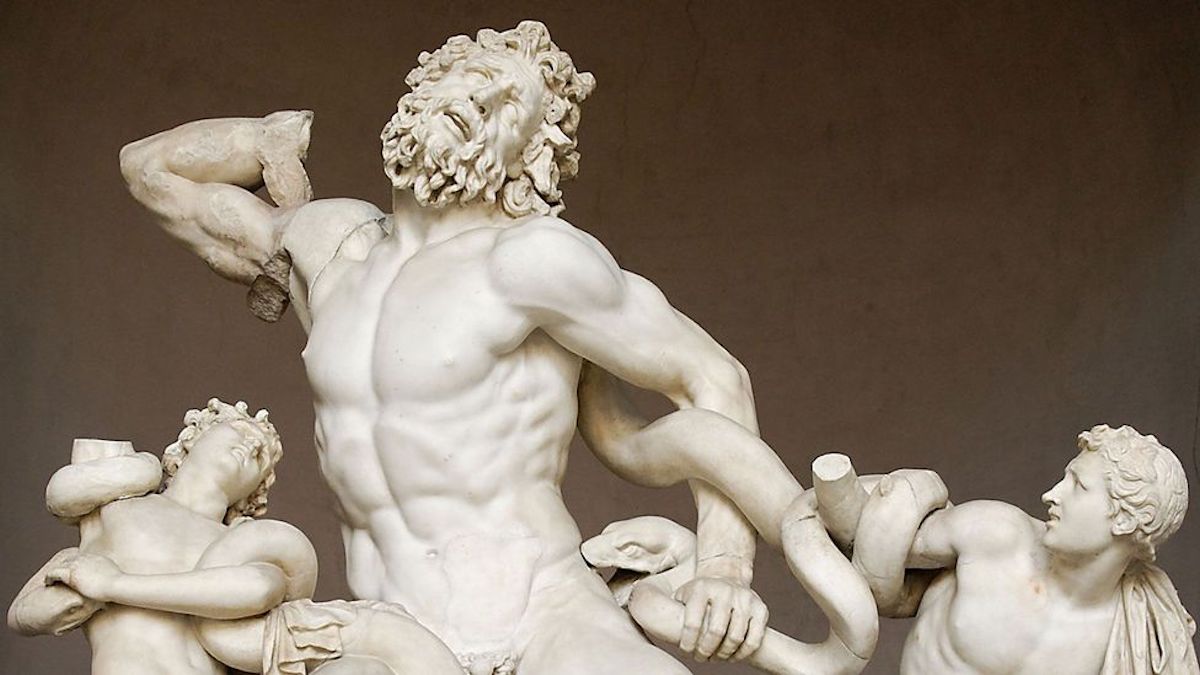
A Brief History of Bronze Sculpture
In the course of its history, bronze sculpture has traveled down a rocky road. Popular in Classical Antiquity, then almost forgotten following the Renaissance… Though it has since experienced a revival in modern art, the question remains as to why the popularity of bronze sculpture has fluctuated so much over the centuries? Maybe the answer lies in its competition with other mediums which aren’t so…recyclable. Or maybe it simply has to do with the aesthetic preferences of artists at the time? Join Artsper to embark upon a brief exploration of the history behind bronze sculpture.
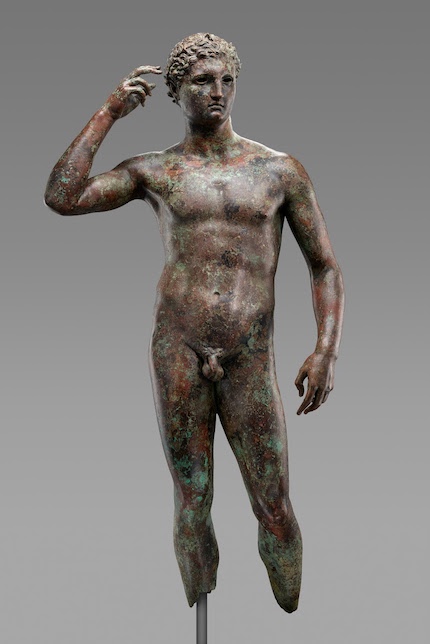
The origins of bronze sculpture
Naturally, the history of bronze begins with the Bronze Age (3300-1200BC). Despite its name, sculpture was not the first use of bronze in this period. No, when people discovered that they could make a stronger alloy by mixing copper with tin, they thought more pragmatically. As a result, the first uses of bronze were in the creation of tools and weaponry. This continued for the first millennia of the Bronze Age and it wasn’t until around 2300BC that The Dancing Girl, the first known bronze sculpture, was created. Here begins the history of bronze sculpture…

The beginnings of a love affair with bronze….
Both the civilizations of the Bronze Age and of Ancient Egypt dabbled in bronze sculpture. However, it was the Greeks that started to explore its potential as an artistic medium. Although it is most frequently the marble sculptures of Classical Antiquity which come to mind when you think of Ancient Greece, many of these were actually copies of bronze sculptures. In fact, more than half of all sculptures produced at this time were bronze. In the years following Antiquity, the majority of these sculptures were melted down and repurposed, thus creating this marble-centric impression. However, in what is often known as the “golden age” of bronze sculpture, this medium enjoyed its prominence in the classical art world.
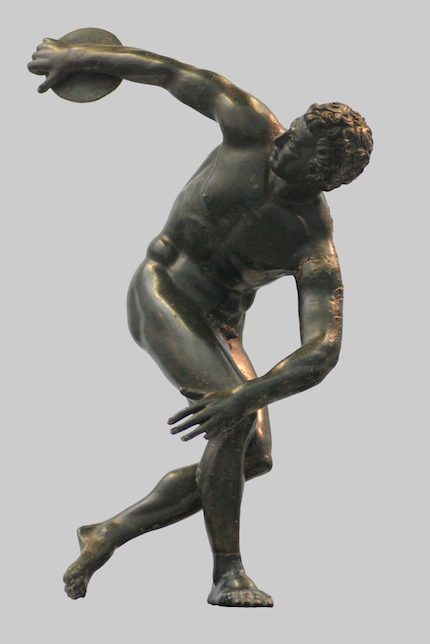
Why did Greek sculptors so often opt for bronze?
Sculptors far and wide did undoubtedly recognize the beauty of marble, its sheen, iridescence and color. However, it was also clearly expensive, difficult to work with and easy to damage. In contrast, bronze was strong, ductile and easy to work with. Its versatility, rich coloring and potential to encompass the finest details also attracted sculptors across Ancient Greece. These sculptors started by using a hammering technique known as sphyrelaton to produce simple forms and reliefs.
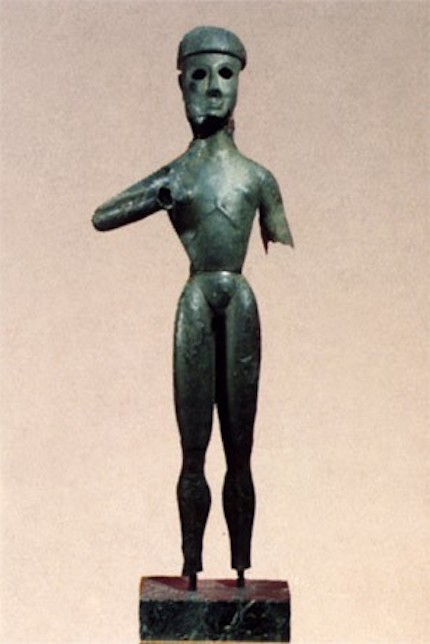
As methods became more sophisticated, however, the Greek sculptors learned to exploit the natural properties of bronze. For example, they found that if they melted the metal, they were able to pour it into casts. They also found that bronze expands slightly before it cools and sets, meaning that it was now possible to fill in the finest of details. They therefore went on to convey the idealism of the Classical period in their life size statues of gods, heroes, victorious athletes, statesmen and philosophers. The Artemesium Zeus is a good example of this.

The fate of bronze sculpture in the Middle Ages
Despite the prominence this medium enjoyed during Antiquity, by no means did this carry over into the medieval European art scene. In fact, between the 5th and the 15th centuries, bronze sculpture almost slipped into oblivion. Christianity had an ideological opposition to monumental sculpture, preferring instead small ivory figurines and crosses. Many of the masterpieces of Ancient Greece and Rome were even melted down for other uses. The combination of these two factors resulted in bronze sculpture almost disappearing from Europe in the Middle Ages. Where this was not at all the case, however, was in Asia. Artists in China and India kept the tradition of fine bronze sculpture alive, using the medium to create detailed renderings of Buddha, Bodhisattvas, alongside the gods and goddesses of other religions.
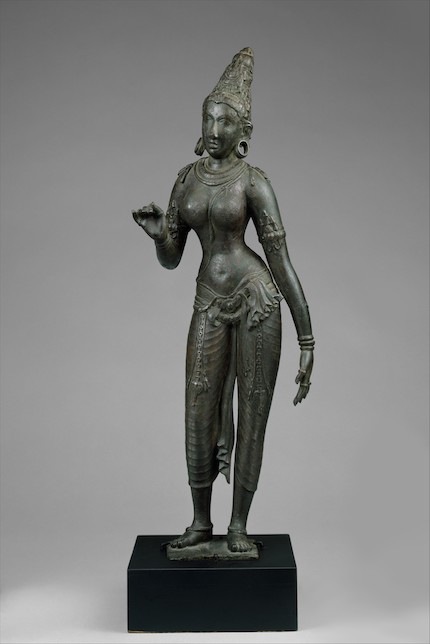
The resurgence of bronze in the Renaissance
In a period characterized by its renewed interest in Classical Antiquity, it is perhaps unsurprising that there was a huge uptake of bronze sculpture throughout the Renaissance. Many of the sculptors of this era had a background in goldsmithing and were therefore able to combine classical techniques with their own knowledge. This endowed the art with a new level of expertise that continues to influence sculptors today. Just as with marble, Florence became a center for bronze sculpture and the pieces produced here set the standard for other bronze sculptors across Italy, and indeed the world. To name but a couple, Lorenzo Ghiberti’s Gates of Paradise and Donatello’s David testify to this Renaissance mastery of the art form.

Bronze in the Baroque
Although Classical Antiquity and the Renaissance are frequently considered as the highlights of bronze sculpture, sculptors of the Baroque undoubtedly learned, and reinterpreted, the lessons of those who preceded them. As a result, Baroque sculpture was more dynamic and dramatic than its Mannerist and Renaissance counterparts. For example, sculptors sought to create a new 360° viewing experience, differing from the conventional frontal view. Giambologna’s Rape of the Sabine Women is an excellent example of this, as you have to move around the statue to truly appreciate the frozen moment of movement. However, this infatuation with bronze did not persist and the medium once again fell into a state of neglect…

And what about bronze sculpture since then?
It wasn’t until the Industrial Revolution that bronze was once again rediscovered. However, modern bronze sculpture is generally attributed to works of Auguste Rodin in the late 19th and early 20th centuries. Although he portrayed the human figure reliably, respecting the canon of proportions, he strayed from traditional subjects and preferred instead to focus on individual form and experience. The Thinker is a good example of this.

Other artists of the 20th century, including Constantin Brancusi and his fundamental forms and Alberto Giacometti with his sinewy silhouettes have continued to test the boundaries of bronze sculptures. It is clear that the young artists of today have a deep wealth of bronze inspiration to take from. Be it Olga Antich, with her Rodin inspired works, Coderch and Malavia, with their grandiose Classical forms, or Dominique Mathieu with her unique fragmented busts.

The future of bronze sculpture…
Bronze has one of the oldest histories of any artistic medium. However, the story of bronze is not as straightforward as you might have thought. It has constantly moved in and out of the artistic gaze, its popularity fluctuating with the ages. Will bronze once again fall out of favor with artists? Or will its allure persist for years to come? This remains to be seen…
If you would like to find out more about the rising talents in bronze sculpture today, check out our selection of bronze sculptures at Artsper!

About Artsper
Founded in 2013, Artsper is an online marketplace for contemporary art. Partnering with 1,800 professional art galleries around the world, it makes discovering and acquiring art accessible to all.
Learn more











